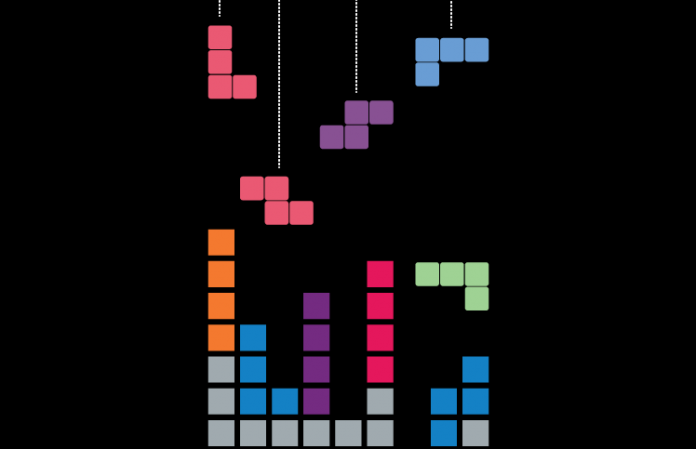
As companies make decisions about sourcing for new contact center technology, a crucial question to answer is whether to pursue “best-of-breed” (BoB) solutions or solutions that are part of a “suite.” Acquisition, innovation and expansion among technology vendors has made sourcing distinctions increasingly complex. With IT departments facing resource constraints and contact center operations desiring more control, suites seem to be the default choice to help all stakeholders meet their goals.
Why Suite?
There are many reasons why both buyers and sellers migrated to a suite focus. Overall, it’s a drive for simplicity and the associated time, resource and cost benefits. Suites have an appeal since vendors are moving to more user-friendly administration as well as a single administrative interface for all components that includes cross-functionality between components (e.g., enter a new agent once for their skills, schedule and performance tracking). Suite solutions offer “seamless” upgrades and component integration. Suites can offer the “one throat to choke” for implementation and support that nearly everyone seeks. Many of these same requirements drive the desire for cloud solutions—get in quickly and at low cost, with a broad set of capabilities that are relatively easy to administer.
Why Standalone?
We will never get completely away from standalone solutions, and cloud-based solutions have breathed new life into some of these options as people pursue point solutions to fill gaps quickly with little startup cost. Standalone solutions can offer a better price, such as injixo for WFM. They can offer specific bells and whistles (e.g., Pipkins focus on back-office functions; Nexidia for advanced analytics). Standalone solutions can appeal when you need to add a component but not replace the entire suite due to protecting current investments or custom integration that makes replacement too complex. Standalone can be the right path to try something quickly at a low cost (e.g., web chat through LivePerson or BoldChat) or when a company intends to grow with a new vendor over time to achieve a suite solution but needs to spread the investment over several years.
Finding Your Path
We seem to be at a turning point in the industry. Companies tend to make decisions in the moment, to meet a specific need or situation. There are struggles with IT and business biases and preferences. IT resources are constrained, so contact center operations are taking more control over their destiny. Vendors are consolidating and filling functional gaps in a variety of ways: build, acquire, partner, integrate and sell. Defining a roadmap that guides technology sourcing can be difficult. However, even with these dynamics, the goal should be to have a defined strategy that leads to a consistent approach. And with a strategy, even when a need—or opportunity—to deviate arises, it should lead to a more thoughtful evaluation and understanding of the tradeoffs, risks and impacts.
The bottom line is that in today’s complex and ever-changing market, buyers need to be informed but agile. Frame an overall sourcing approach that fits your business, but adjust to the situation—both yours and the vendors’—when needed.



